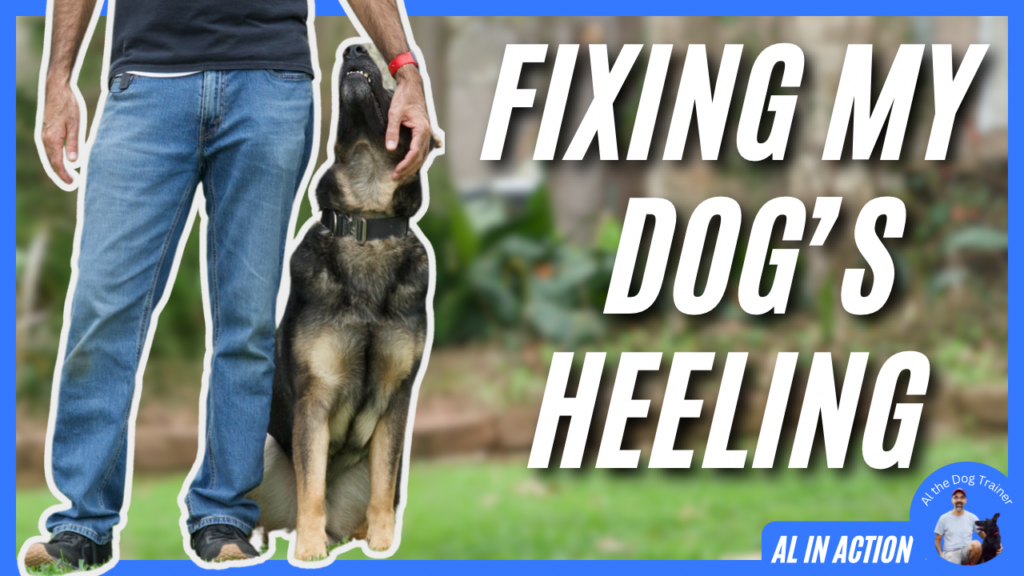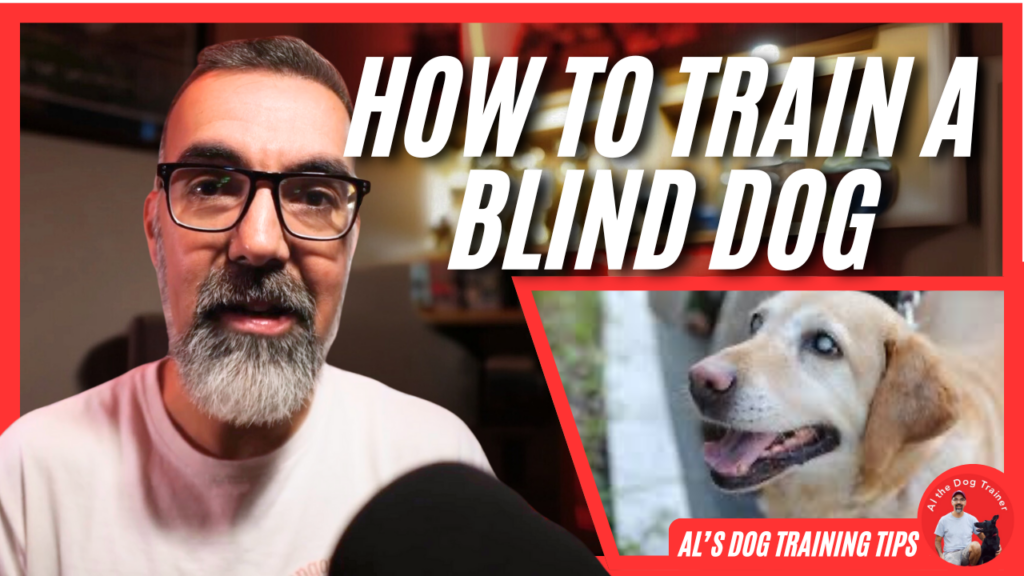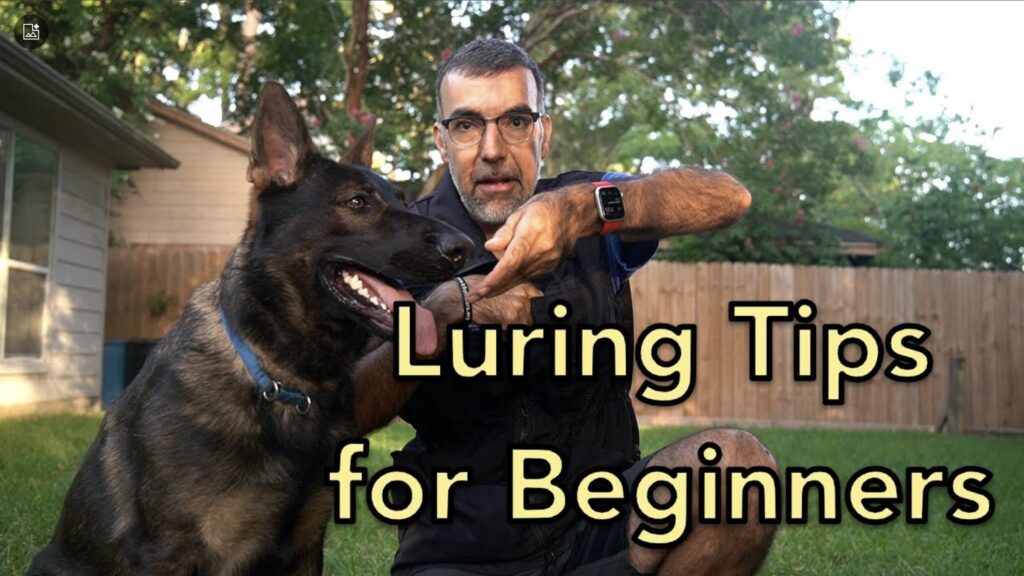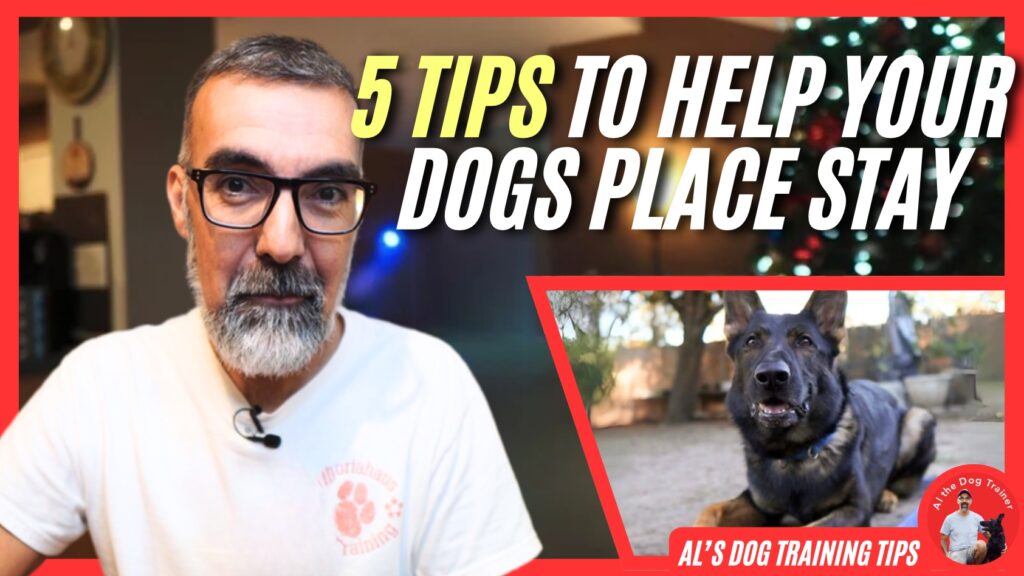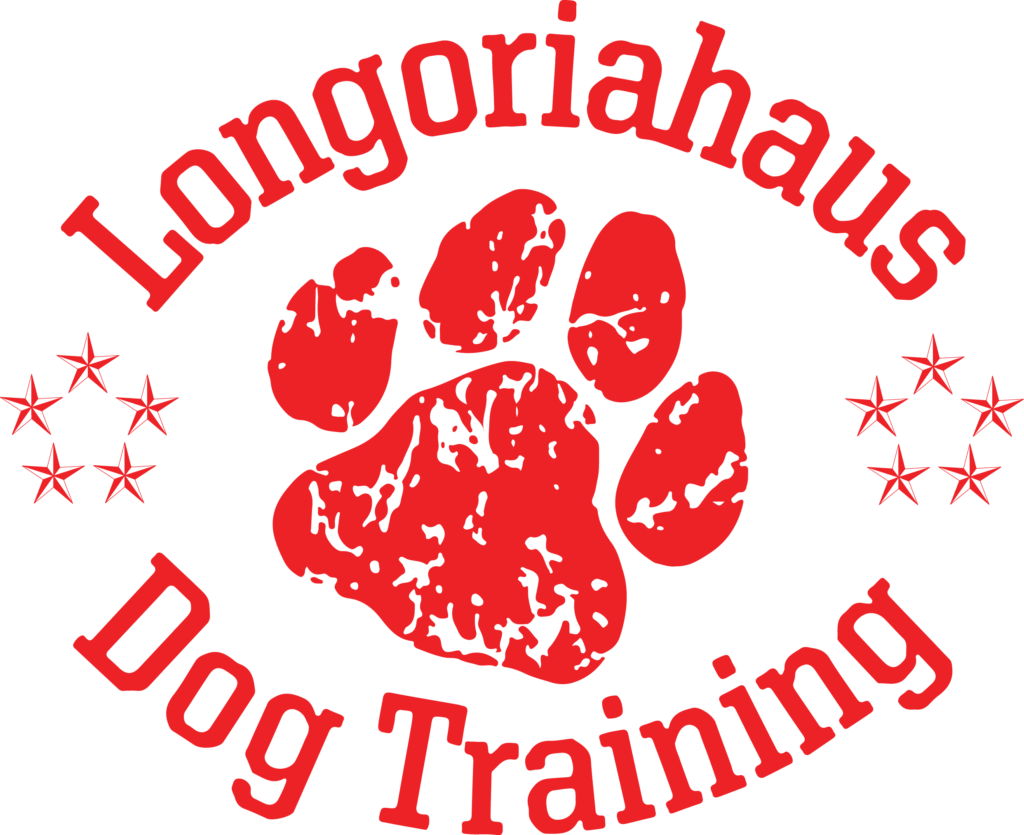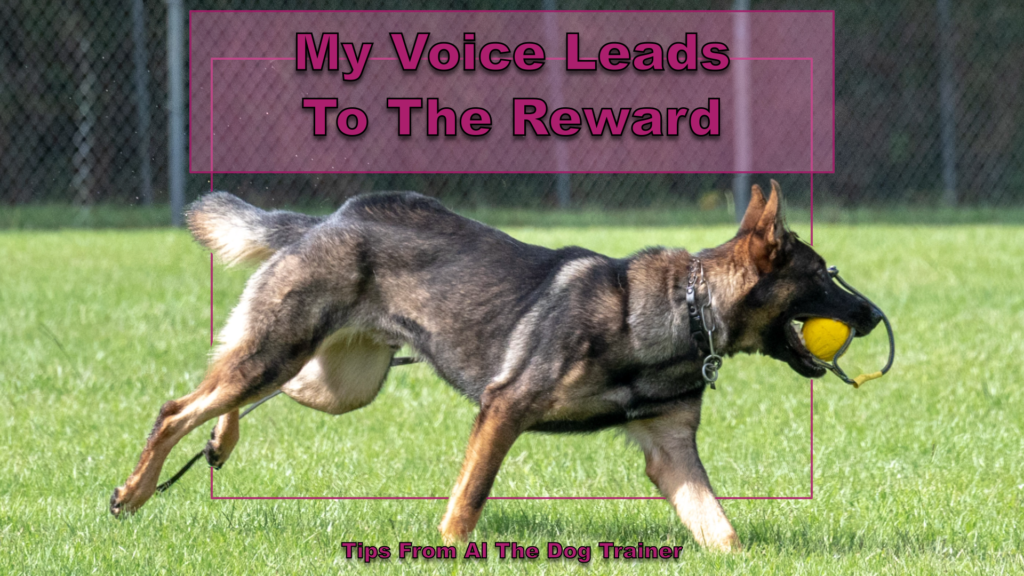
Today’s topic is: My voice leads to the reward. So this is one of the fundamental things that I want to teach every client and every person that ever trains their dog with me. Whether I’m coaching them or helping them with basic obedience or whatever it might be. My voice leads to the reward is a fundamental concept. So let me kind of talk about how I came upon figuring out this phrase.
Improve My Own Dog Training
So many years ago, I want to say probably 14 or 15 years ago; I would watch other dog trainers to figure out how to improve my own dog training. There were two dog trainers that I was watching. Ivan Bella Balabanov and Michael Ellis. Those guys are still training dogs, and they are absolute rock stars of dog trainers. Anybody who tries to emulate them can learn a tremendous amount and continue to learn from them.
One of the things that I noticed when I started watching their videos was how the dogs responded to them. And just the vigor is the word that’s coming to mind or just the passion that the dog had for working together with them. I knew that I wanted to have that. So in their training systems, they use something called a moment marker, which is a word that signifies to the dog that a reward is coming next. That’s a pretty basic concept.
There’s a sound, and then the dog gets to receive the reward. So as I’ve been going through this, I’ve been thinking about how I can help people the best to be able to train their dogs? There’s clicker training, but as I thought about it, I felt that people needed to learn how to use their voices effectively. That’s how I came up with the term my voice leads to the reward.
Deploying My Voice
So if you’re new to this, let me give you a basic concept of how to go about it. Then I will explain to you how I am currently deploying my voice leads to the reward. So in a fundamental concept, what you could do is you could have your dog on a leash. You could have your dog sitting in front of you calmly, and you could have a treat pouch on your body. Perhaps it’s behind your back, and it’s filled with a bunch of yummy things.
So your dog is sitting calmly in front of you. And the first thing that you would do is begin to make any sound that you want to. Here are some suggestions. I train my clients to say “good dog” because it’s easy enough for people to remember. Now, once you’ve said that, you want to make sure that there wasn’t any food in your hands, that your hand wasn’t in the treat pouch and that it was not moving towards the treat pouch.
Visual Creatures
The reason for this is that dogs are very visual creatures. They want to track things that move. Have you ever noticed a dog’s attention? Their eyes are constantly looking for something that is moving. And if your hands are moving before you say “good dog,” it creates a problem in the conditioning.
So again, step one, assume neutral body language with the dog sitting calmly in front of you. Step two, say “good dog” one time. Step three, start to move your hand towards the treat pouch that’s hopefully behind your back to grab some food. Meanwhile, you’re still saying “good dog.” Step four, deliver the food to your dog as you continue to tell them what a good dog they are.
Simple enough, right?
It’s not always so easy for people because, as humans, are wired to move first and talk second. If you do that while you’re conditioning this, you’re going to teach the dog to watch your hand instead of watching your face. Okay, so now let me move on to what I promised you.
How am I currently using this?
Well, I’ve been training both my two German Shepherd puppies, Jericho and Alpha. I am personally using a clicker because it is a better moment marker than saying “good dog.” But those words will work if you’re new to this. So anyway, I might have my training vest on, and there will be a ball. Both of these dogs love the ball on a string.
“Are You Ready?”
I have the ball in the vest invisible to the dogs. And then I’ll ask them a question, “do you want to work?” And I might say that several times. “Are you ready?” As I say that to them, the next thing that I’m going to do is I’m going to click, and then I’m going to have the ball come out. As I start doing this, I ask them again, “are you ready?” “Do you want to work?” Click. And then the ball comes out of my vest.
I make an influential association, which becomes very powerful. So then, if I ask my dog, “are you ready?” They become very hopeful. I could then say a command like”sit.” And then, when the dog sits, I could then follow that with the click. Then I follow that with the ball coming out, and we began to play an epic game of tag or fetch.
If you can do that, and you can do that consistently without moving in the direction of the reward until after the click or the “good dog” goes off where you set it. You will advance your dog training quite a bit. But be careful because it’s not easy to separate the click or the “good dog” from the delivery of the reward.
I hope this was helpful. Remember to visit my YouTube Channel for tons of helpful videos, and you can find more tips like this right here on my website www.longoriahausdogtraining.com.
Happy Training!

